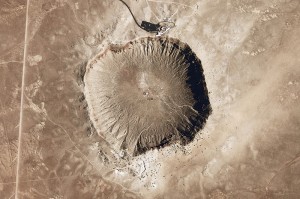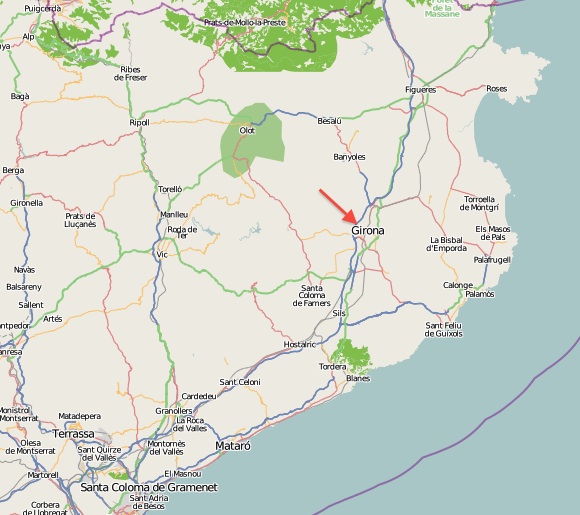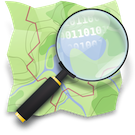Maposmatic – the site which lets you make OSM maps with grids and indexes – has been updated with a bunch of new features:
* Support for the whole world. Any location in the world can now be
rendered on maposmatic.org.
* OpenStreetMap database updated daily. Until now, the database had
never been updated since the service was started in September
2009. Now, the geographic database used to render the maps is
updated daily, providing maps with the latest contributions to
OpenStreetMap. Each map contains the date at which it was
generated.
* Better city search engine. Thanks to Nominatim, we now provide a
search engine that allows to find cities in a much more usable way:
cities with the same name can be distinguished and the search works
even when the city name is not completely correct.
* Support for other languages. A few parts of the map rendering
process is language-dependent and we now have the infrastructure to
use language-dependent code. For the moment, we support English,
French and Italian, but we are waiting for your contributions to
support other languages. The website has also been translated to
German and Italian.
* Amenities in the index. In addition to the streets, we have added
important amenities to the index: schools, town hall, post offices,
places of worship, etc.






